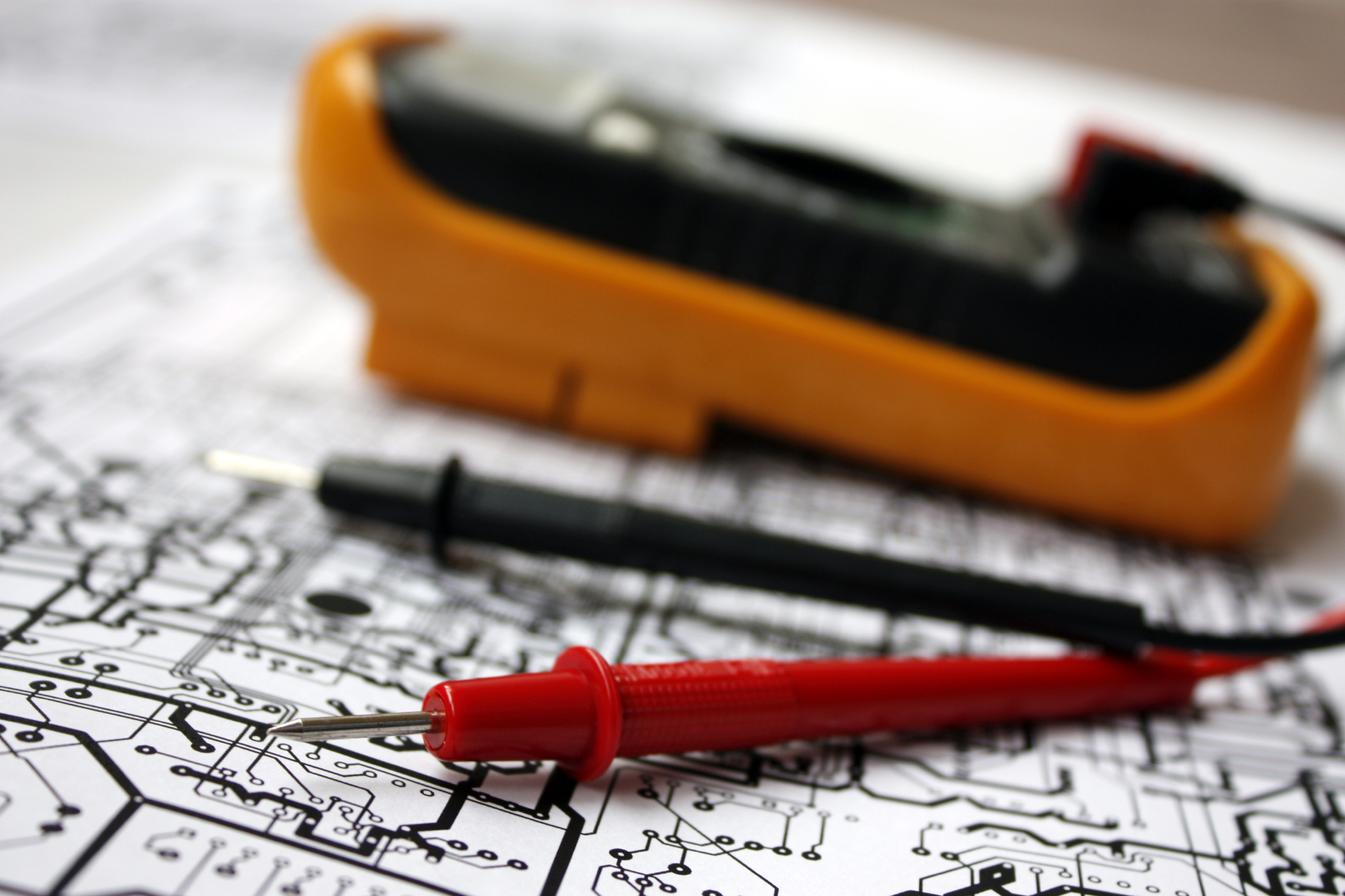Ask The Expert
The Electrical Safety Authority (ESA) is a stand-alone, financially self-sustaining not-for-profit corporation accountable to a Board of Directors and operating as an Administrative Authority under the Electricity Act 1998 and an Administrative Agreement with the Ministry of Consumer Services. ESA is responsible for public electrical safety in Ontario as designated by Ontario Regulation 89/99.
ESA is accountable to the public through the Ministry of Consumer Services for meeting its legislative and contractual obligations in the delivery of its delegated regulatory mandate. At the same time, it is accountable to its regulated sectors for results, sound management, and efficiency.
A Ground Fault Circuit Interrupter (GFCI) is an over-current protection device designed to interrupt the electricity circuit to the load when a current to ground exceeds a predetermined value. GFCIs are designed to almost instantly sense an electrical ground fault and interrupt the protected circuit to stop the flow of electrical current before someone is hurt.
In Ontario GFCIs are required for exterior outlets, bathroom outlets, and in new kitchen construction/renovation where kitchen counter receptacles/outlets are being installed within 1 meter of the edge of the kitchen sink.
GFCIs should be tested monthly to ensure that they are in proper operating condition. To test your GFCI you should:
- Push the “reset” button on the GFCI
- Plug in a light or small appliance (turn on)
- Push the “test” button – the light or small appliance should turn off
- Push the “reset” button – the light or small appliance should turn on
If your GFCI does not function as outlined above you should contact us.
The province of Ontario requires a licensed contractor to take out permits for any electrical work. Other things you should consider before attempting to do your own electrical work are:
- Do you know how to calculate the load usage for your home?
- Do you know how to interpret the Ontario Electrical Code to meet requirements for your installation?
- Did you know that when you sell your home, your electrical system has to meet current codes and inspections?
If you answered NO to any of the above questions, gives us a call and we will be glad to help.
Electricity enters your home from the Local Distribution Company through the service entrance at the main switch. From the main switch, the panel board or fuse box splits power into circuits that distribute electricity throughout your home. Each circuit distributing power throughout your home is protected by a fuse or circuit breaker. Fuses and circuit breakers detect short circuits and overloading and will blow (fuse) or trip (circuit breaker).
Following situations require an electrical contractor or electrician approved by the ESA:
- Opening a live electrical panel
- Modifications to your electrical panel
- Fuses that regularly blow or circuit breakers that regularly trip
- Upgrades to your panel to increase service size (amperage)
Yes. This is highly recommended because when breakers trip they can be easily reset but fuses have to be replaced. If someone mistakenly installs the wrong fuse size, this can lead to a potential fire; therefore, a breaker panel would be a better choice.

